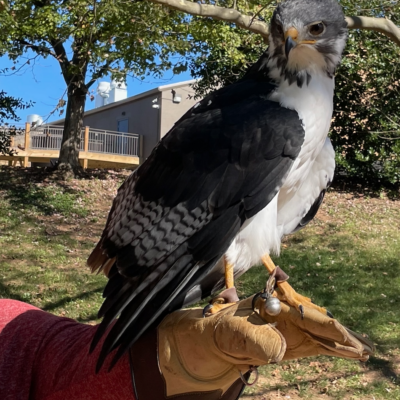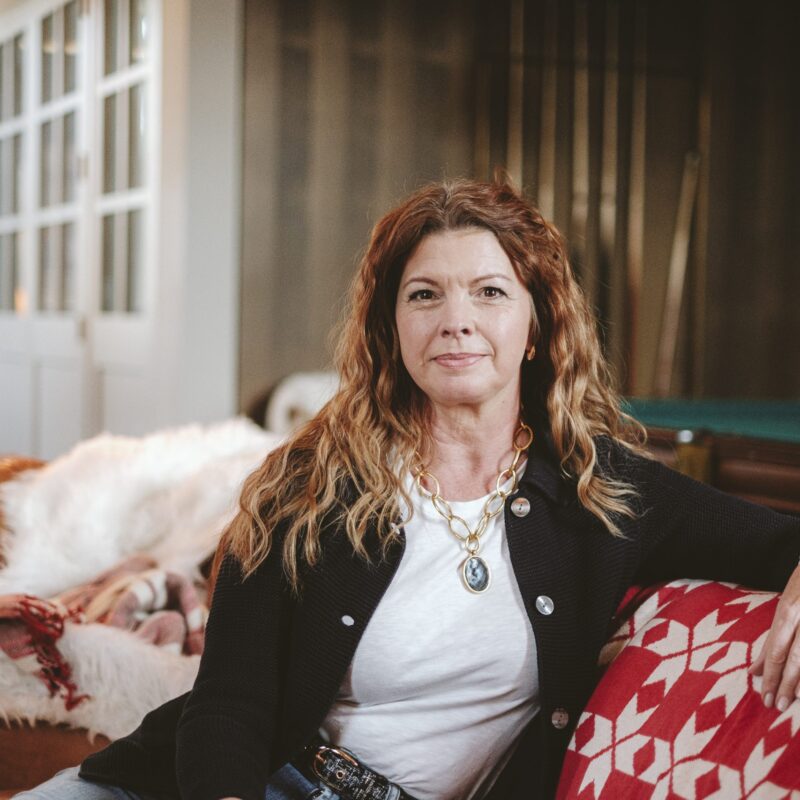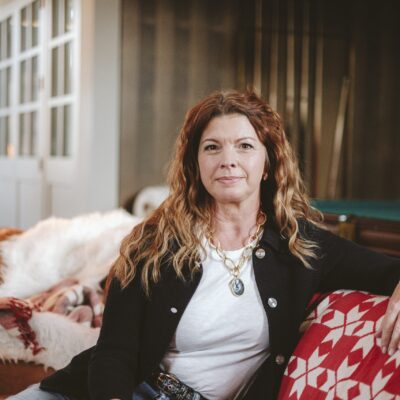She was a middle-aged miniature poodle with spectacular dental disease. Most teeth were no longer visible, having been sealed away for years inside thick tombs of dental tartar. The bleeding gums had retreated to expose the roots of several teeth, many of which were swiveling loose in their sockets. I know, I know. They should have sent a poet. I’ll spare you further details, but it suffices to say that she was in dire need of some extractions, and would feel immeasurably better once they were performed.
I could see the fear spreading across my client’s face. He wanted to do the right thing, but he was paralyzed by the need for anesthesia. He was worried that his dog was too old and too small.
“I don’t blame you for being concerned,” I explained, “ but the risk really is very, very low. She’s in good health, and shouldn’t be in any more danger than any other patient undergoing the same procedure.”
“O.K.,” he started, pausing to think for a moment. “I know that she’s suffering with this. As long as you think there’s an 80 percent chance she’ll make it, I think we should go ahead.”
Eighty percent! I reeled at the suggestion. I’d be surprised if it was any less than 99 percent, and that’s rounding down. Anesthesia is incredibly safe. Could anybody really think that I’m routinely recommending procedures that come with a one-in-five chance of death? Am I seen as just a convoluted mechanism for Russian roulette? In that moment, I was given a powerful reminder of the disconnect between the perception of medical risk and the reality of it.
It is hard to strike the proper balance between informing people and terrifying them. Every medication has a list of possible side effects. Every procedure has a list of potential complications. But these lists are often presented in an inelegant pile, with absolutely no sense of proportion or scale. Temporary nausea and lethargy are listed right alongside liver failure and death, and in no particular order. Do these things happen to one in a million or one in four? And what about all the tragic stories you read online? Those must count for something, right? With this chaotic mess of context-less information, you’re left to decide what chances are worth taking.
There’s no way I can allay all those fears in one fell swoop. It wouldn’t even be responsible to do so, because some risks are well worth considering. But I do hope I can grant some perspective. On the whole, medical risk is extraordinarily low. The most common risks are also the most minor—upset stomachs and the like—and even those are reasonably infrequent. Serious risks are rare, and usually encountered only when treating serious illness. None of that means that tragedies can’t happen, and parsing the odds is of no comfort to the unfortunate few who have already experienced them. But fear of remote possibilities shouldn’t lead us to sacrifice our pets’ health and well-being. Let’s face it, you can’t go for a walk outside without taking on some amount of risk, but we don’t spend our lives cowering on the couch. If you have a veterinarian that you trust, you should feel comfortable asking him or her to help you understand these risks before taking them. You’re likely to find that the medication or procedure isn’t nearly as dangerous as you thought.
Even with math overwhelmingly in your favor, risk can still be unsettling. There’s a difference between intellectually understanding that something is safe and being emotionally comfortable with it. Even miniscule risks can seem mountainous when they have the potential to affect you or someone you love (pets quite obviously included). That’s completely normal. It is a measure of how dearly you care for your pet, and not of how irrational you are. I get it. I have pets, too. It doesn’t matter that I’ve safely anesthetized many hundreds of animals—my stomach ties in knots when it’s mine. But those knots are my problem, not theirs.
Dr. Mike Fietz is a small animal veterinarian at Georgetown Veterinary Hospital. He received his veterinary degree from Cornell University in 2003, and has lived in Charlottesville since.





